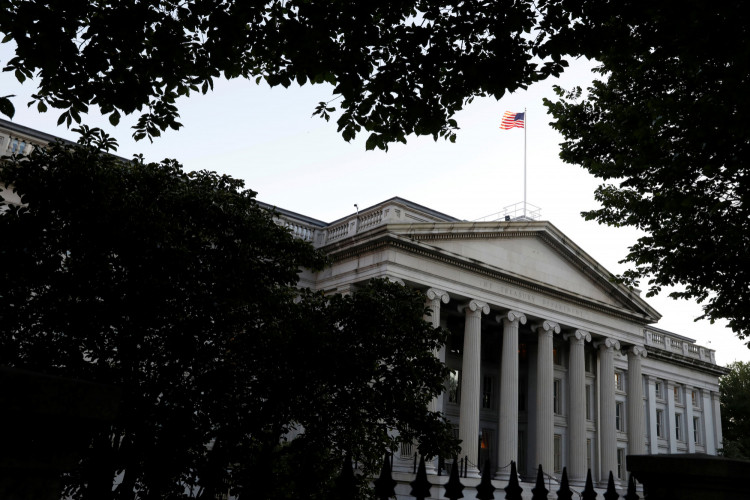The Federal Reserve's preferred inflation gauge, the core personal consumption expenditures (PCE) price index, showed a significant slowdown in May, marking its lowest annual rate in over three years. According to a Commerce Department report released on Friday, the core PCE index rose by a seasonally adjusted 0.1% for the month and increased by 2.6% compared to a year ago. Both figures met the Dow Jones estimates and highlighted a continuing trend of easing inflationary pressures.
This deceleration represents the lowest annual rate since March 2021, the first time in the current economic cycle that inflation exceeded the Federal Reserve's 2% target. Including food and energy, headline inflation remained flat for the month and also registered a 2.6% annual increase, aligning with expectations.
The Bureau of Economic Analysis report also indicated a rise in personal income by 0.5% for the month, surpassing the anticipated 0.4% increase. However, consumer spending grew by only 0.2%, falling short of the 0.3% forecast.
The latest inflation figures emerge as the Federal Reserve faces increasing scrutiny over its efforts to curb price growth. Despite the progress, the central bank's task is far from complete, with political pressure mounting as the November election approaches. Former President Trump criticized President Biden during the recent presidential debate, attributing the current inflation to his administration. "There was no inflation during my administration," Trump asserted.
The pandemic disrupted a long period of low inflation, which stood at 1.4% year-over-year when Biden assumed office in January 2021. Inflation peaked at 9.1% in June 2022 but has since moderated, recording a 3.3% annual increase in May according to the Labor Department's consumer price index (CPI).
Multiple factors contributed to the inflation spike, including significant supply chain disruptions from the pandemic and Russia's invasion of Ukraine, which particularly impacted energy prices. The reopening of the economy post-pandemic, combined with stimulus spending under both administrations, further accelerated economic activity.
The Federal Reserve responded by hiking interest rates to a 23-year high, aiming to temper economic overheating. Although the Fed signaled potential rate cuts towards the end of 2023, recent flatlining inflation readings have complicated the timeline for these adjustments. A majority of interest rate traders do not anticipate the Fed beginning to cut rates until at least September, according to the CME FedWatch Tool.
Despite these challenges, the core PCE index's modest increase of 0.1% from April to May and the annual rate decline to 2.6% indicate progress in the Fed's battle against inflation. However, the road ahead remains fraught with uncertainties.
In his remarks, Fed Chair Jerome Powell emphasized the importance of sustained efforts to ensure inflation returns to the 2% target. "While we are encouraged by the recent data, our work is not done," Powell said. "We must remain vigilant and prepared to take the necessary actions to maintain economic stability."






